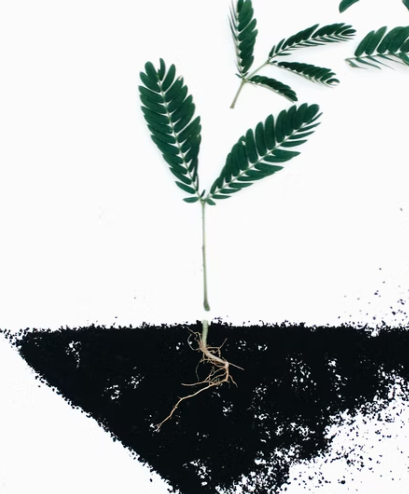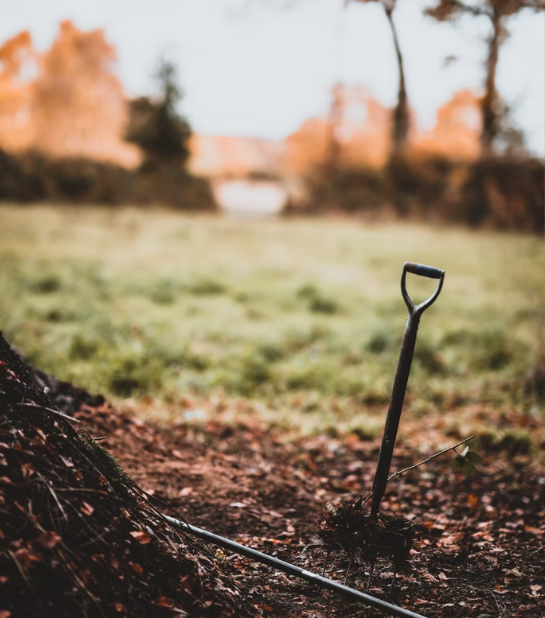Uncategorized
How to use compost to boost the growth of your lawn each year

Beginning the season with an application of compost helps set the stage for your lawn and gives it the foundation your grass needs to grow healthy and full.
Quality, organic compost is one of the most effective means of increasing your lawn’s health and well-being. And with healthy grass comes fewer weeds, getting you closer to the perfect lawn that you’ve always wanted. But compost is also beneficial to the environment at large, adding valuable nutrients to your soil and serving as an alternative to harmful chemical fertilizers.
But First, What Is Compost?

Simply put, compost is a mixture of decaying organic materials that have been reduced back to a soil-like state, allowing for their nutrients to be bio-available to your soil, lawn, and plants.
Compost “sets the stage” for new growth by revitalizing your soil foundation with the necessary nutrients for your lawn or garden to grow and thrive.
Why Use Compost and When Is It Best to Apply to Your Lawn?
Think of your soil as the food pantry for your lawn. Other than sugars from photosynthesis, your grass gets its minerals and essential nutrients from the ground it lives in, drawing from it each season to grow healthy blades.
As the seasons go by, the availability of vital nutrients in the soil reduces as the grass consumes it summer after summer. Ultimately, when the nutrients in your soil deplete, your grass will scale back and become less green and lush as it grows with less available in its ‘food pantry.’
Your soil needs a source of organic nutrients and minerals each year to replace what was used the season before. This means that applying compost in the early weeks of spring or late fall is the best time to top up the nutrients of your soil and prepare it for the next growing season.
The Benefits of Using Compost on Your Lawns and Gardens

Improving the soil quality with compost has many short and long-term benefits for your lawn, including:
- Stimulates root growth and improves seed germination
- A well-rounded food source for your soil
- Promotes the growth of helpful microbes
- Supplies soil with fundamental nutritional elements
- Helps maintain moisture levels within your soil
- Helps fight against soil disease and pathogens
- Reinforces a healthy dietary foundation
- Improves fertilizer results
Applying Compost to Your Lawn

Applying compost can be as simple as spreading raw compost as a top coat to your lawn, either in dedicated areas or full coverage. This method can be effective; however, it is timely and labor-intensive. Often compost is distributed unevenly, with some areas having too little and others too much.
Mulching by hand like this is ideal for small areas and garden beds where distribution is more easily seen and managed. However, to get the most from composting your lawn, you can optionally spread a pelletized compost using a broadcast spreader such as a typical seed broadcaster.
Pelletized compost, just as it sounds, is an organic compost that has been compressed into individual pellets, small enough to be easily used in a broadcast spreader. Using pelletized compost dramatically improves overall distribution and lawn coverage and takes a fraction of the time that would otherwise be spent hand spreading bags or yards of standard compost.
Our teams at Exteriofy Landscaping regularly use composting for our clients in early spring and late fall, and the results are fantastic.

We built our businesses to meet the needs of people – who are passionate about enjoying their unique lifestyles. At Exteriofy, all our services are geared to satisfying the needs of our customers.
